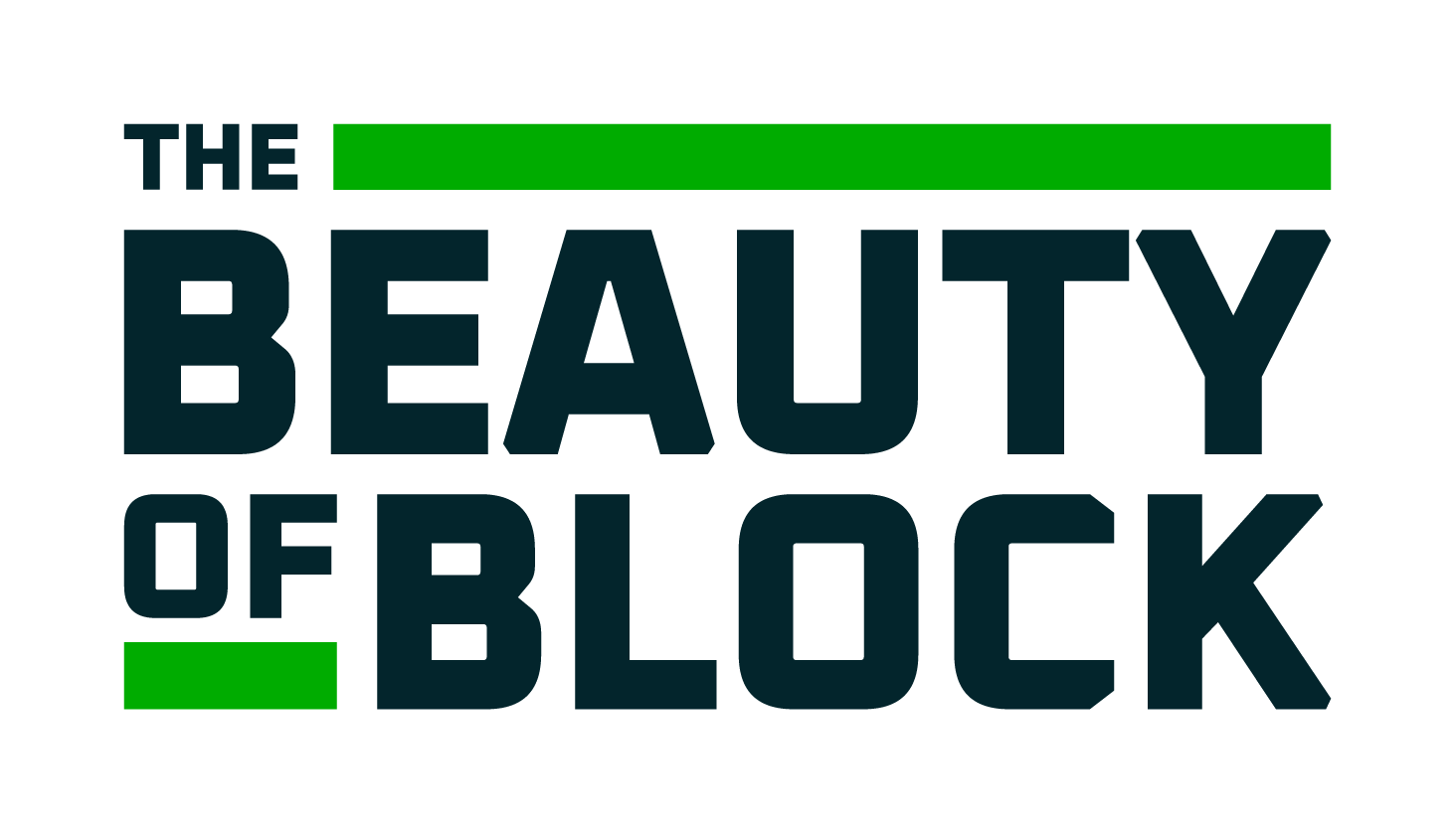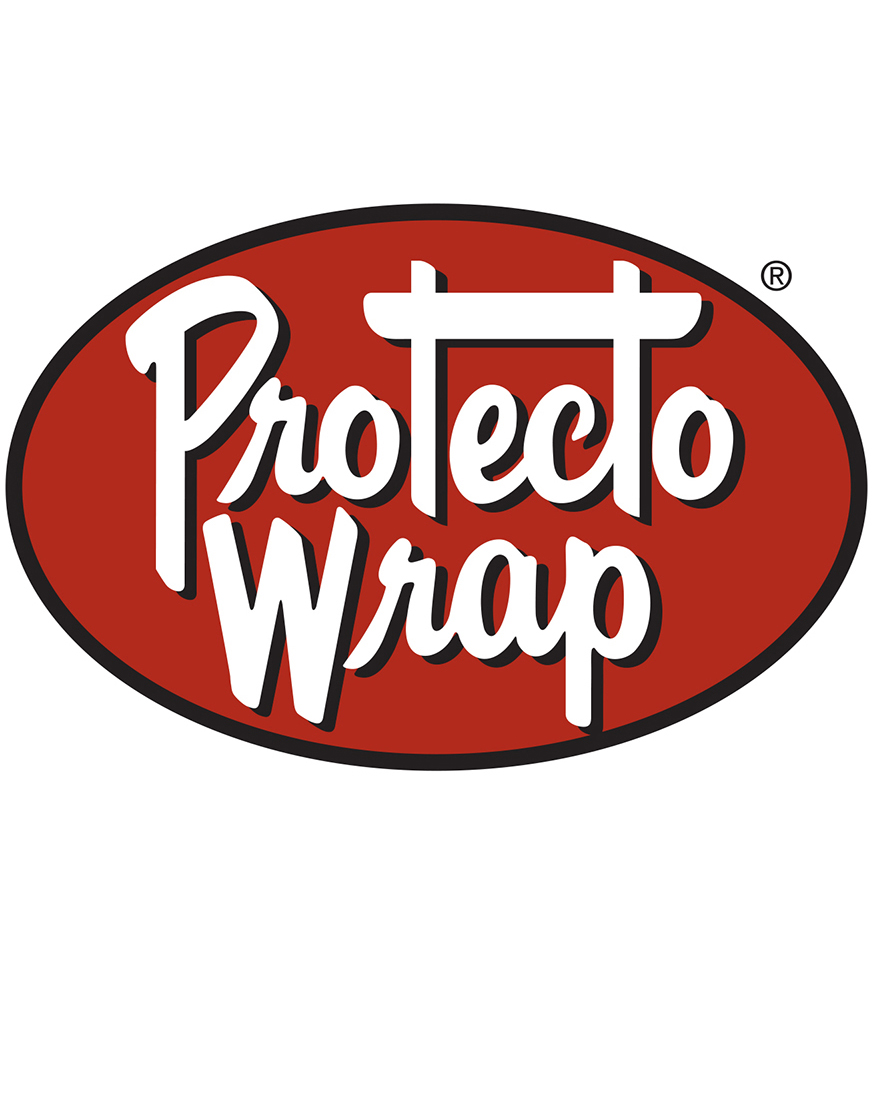The Americans with Disabilities Act (ADA) sets the minimum requirements for newly designed and constructed or renovated state and local government facilities, public accommodations, and commercial facilities to be readily accessible to and usable by individuals with disabilities. When designing restrooms, some of each type of accessible plumbing fixture and restroom accessories and their installation location must meet accessibility requirements contained in the 2010 ADA Standards for Accessible Design. Many projects must also follow the provisions of the 2017 Edition of the ICC A117.1 Accessible and Usable Buildings and Facilities Standard.
As states adopt the 2021 International Building Code (IBC) into their states’ building code, the ICC A117.1-2017 Accessible Standards will become effective for existing and new buildings. Forty-six states follow the ICC A117.1-2017 Standards (all but California, Hawaii, Massachusetts and Texas; who harmonize with the ADA Standards). Additionally, states such as California have accessible requirements that vary from the ADA standards and are more stringent providing greater access.
In this course, we will cover the 2010 ADA and the ICC A117.1-2017 accessibility standards. We will also point out where and how the states including California, Florida and Minnesota building codes differ from the ADA and the ICC A117.1-2017 standards. It is important that you always check the accessibility standards that apply to your project’s location.






